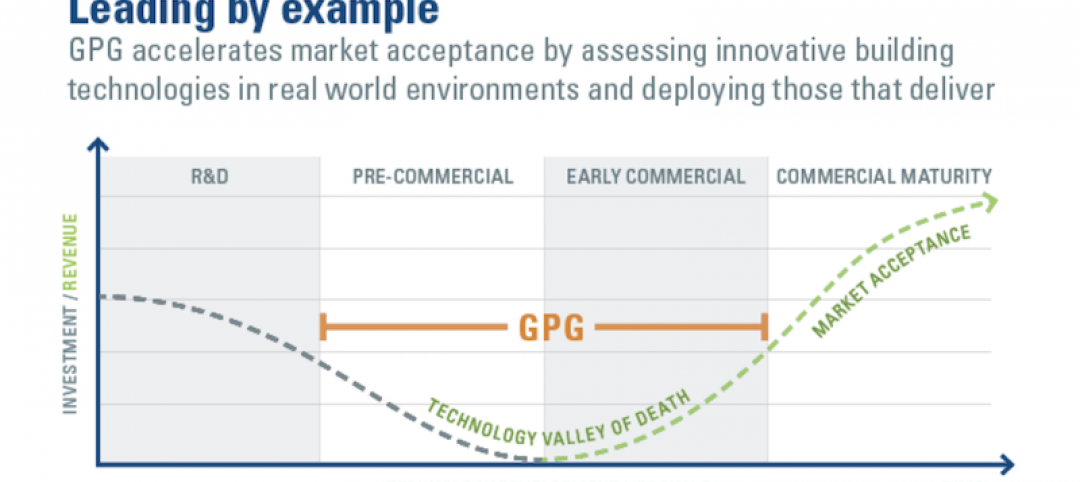The way the federal government analyzes intense rain events isn’t keeping up with the reality of climate change, and that has serious implications for infrastructure projects and the availability of, and rising cost of, flood insurance.
Severe rainstorms, sometimes described as “atmospheric rivers” or “torrential thunderstorms,” are making the concept of a “1-in-100-year flood event” obsolete, according to a report from First Street Foundation, an organization focused on weather risk research.
These events are occurring more frequently due to the impact of climate change, but federal rainfall analysis, managed by the National Oceanic and Atmospheric Administration, isn’t keeping up with the new weather conditions, First Street says.
Half the people in the U.S. live in a county where a 1-in-100-year flood is at least twice as likely now as it had been in the past, coming once every 50 years instead of every 100 years. In some areas, a so-called “1-in-100-year” rainfall could now happen far more frequently—as often as every 5 to 10 years.
The outdated analysis has serious implications for the way infrastructure projects are initiated and designed. And, because FEMA’s federal flood insurance program greatly underrepresents the number of people that could fall into FEMA’s Special Flood Hazard Areas, millions of Americans may be unaware of their current flood risk.
Inaccurate flood risk data due to underestimating the impact of rainfall also impacts the cost and availability of flood insurance—this is especially true for property that isn’t close to the ocean or inland bodies of water.
The government is working to remedy the situation, though. NOAA, as reported by CNN, says it is working on a revamped approach to its rainfall analysis that is expected to be completed in 2027.
Related Stories
Codes and Standards | Dec 28, 2020
Dept. of Energy offers Better Buildings Field Validation Results Hub
One-stop-shop for information associated with technology validations in buildings.
Codes and Standards | Dec 28, 2020
2021 Defense Authorization Act includes mass timber provision
Directs defense, agriculture secretaries to review potential for wood frame construction on defense building projects.
Codes and Standards | Dec 28, 2020
New York City proposal would require rainwater detention tanks for new development
Rule would apply to projects on lots sized 20,000 sf or larger.
Codes and Standards | Dec 17, 2020
Energy efficiency as a service gaining ground as financing approach for adopting innovations
Building owners can invest in new technology with no upfront cost.
Codes and Standards | Dec 16, 2020
Resources available to address Legionella threat
Buildings reopened after extended pandemic closure are at risk.
Codes and Standards | Dec 16, 2020
New Specifications for Concrete Construction reference manual released
Scope expanded to include shotcrete, internal curing, mineral fillers, and recycled concrete aggregates.
Codes and Standards | Dec 15, 2020
Despite COVID-19 population flight, don’t write off big cities yet
Lure of urban life and jobs may draw people back after pandemic subsides.
Codes and Standards | Dec 10, 2020
Test method for vertical fenestration installation procedures updated
FGIA issues first update for document created in 2005.
Codes and Standards | Dec 10, 2020
Updated EPDs for Polyiso Roof and Wall Insulation; EPD for Polyiso High-Density Cover Boards published
Cover Boards EPD is an industry first.
Codes and Standards | Dec 9, 2020
Newly formed Rainscreen Association aims to be recognized authority on rainscreen assemblies
Will address innovations in material performance and building designs.

















